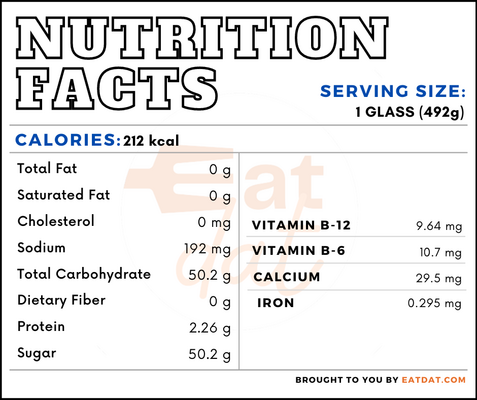
Energy Drinks
What are energy drinks?
Energy drinks provide both mental and physical stimulation to the body. It is considered as a dietary supplement and is used to increase alertness and improve physical exertion.
- It generally contains caffeine, taurine, glucuronolactone, B vitamins, guarana, ginseng, ginkgo biloba, l-carnitine, sugars, antioxidants, and trace minerals.
- These drinks can often also be carbonated.
Some of the most popular energy drinks include:
- Monster Energy
- Red Bull
- Bang Energy Drink
- Rockstar Energy Drink
- 3D Energy Drink
- Celsius
- Xyience
- Full Throttle
Origin
Energy drinks have been around for a while. Both Pepsi and Coca Cola were at times marketed as energy boosting drinks. There were other drinks such as Lucozade Energy and Dr. Enuf, but it was in Japan that today’s drinks were first introduced. The Japanese used amphetamines in the post-war period but after they were banned, the time was ripe for the introduction of Lipovitan D, an energy drink with legal ingredients. In Japan’s high-stress work culture of the 1980s, this became very popular.
By this time, these Japanese drinks had begun to be imported and were enjoyed in Europe and America. Red Bull was invented in Austria. In 1997, this drink was launched in the US. Other brands were quickly launched and the market for energy drinks increased exponentially. Today, these drinks account for a pretty chunk of the soft drink industry and there are dozens of different brands from which to choose.
Nutrition
One glass of energy drinks contains:

This type of beverage provides stimulation and and gives people an energy boost during the day. The main component of these drinks is caffeine, which is a known stimulant. The other stimulatory ingredients would be sugar and taurine. These ingredients allow a person drinking an energy drink to:
- have an improved memory and increased alertness as well as psychologically buoying them up,
- significantly enhance their aerobic endurance and performance,
- increase their physical endurance,
- increase their concentration,
Health impact of energy drinks
However, the negative impact in comparison is multi-level and high. According to statistics, energy drink related hospital visits increased doubled over a few years. In fact, countries like France had banned Red Bull after the death of a young woman for a period of twelve years. Regular use can lead to:
- Palpitations, high blood pressure, and nausea, typical symptoms of a caffeine overdose.
- High caffeine content is also linked to diabetes in many energy drink consumers. In addition, the sugar in these drinks provides an added boost to the diabetes risk.
- Irregular heartbeats, heart attacks and other cardiovascular issues have shown an increase after regular energy drink consumption.
- Sleep disorders have increased in this segment, which leads to psychiatric disorders, anxiety, and other problems. Such high levels of caffeine also increase irritability, violent and / or aggressive behavior.
- Strokes, epileptic seizures, and hallucinations have also been reported among energy drinks, especially if they overconsume.
- The high sugar content of energy drinks can lead to obesity by the suppression or change in level of gut bacteria.
- Energy drinks can actually cause dehydration if taken in tandem with excessive or prolonged exercise, especially in hot environments. The body also loses salts with the consumption of energy drinks, which again leads to dehydration.
- Consumption of energy drinks while drinking alcohol can lead to binge drinking sessions, ultimately leading to alcohol dependency or alcohol toxicity.
FDA regulations
The FDA does not have a specific category for this. In fact, companies are allowed to designate their drinks as beverages or dietary supplements, and will have to comply with the regulations pertaining to those categories, the former being Nutrition Labeling and Education Act (NLEA) and the latter being Dietary Supplement Health and Education Act.
The FDA specifies that that the caffeine content in beverages must not exceed a 0.02% concentration. However, this does not apply to dietary supplements, and many energy drinks that classify themselves such can get away with a higher level of caffeine.
References
Higgins, John P et al. “Energy beverages: content and safety.” Mayo Clinic proceedings vol. 85,11 (2010): 1033-41. doi:10.4065/mcp.2010.0381
https://www.ncbi.nlm.nih.gov/pmc/articles/PMC2966367/
Daniel Engber, Who Made That Energy Drink?, The New York Times Magazine
https://www.nytimes.com/2013/12/08/magazine/who-made-that-energy-drink.html
Alsunni, Ahmed Abdulrahman. “Energy Drink Consumption: Beneficial and Adverse Health Effects.” International journal of health sciences vol. 9,4 (2015): 468-74.
https://www.ncbi.nlm.nih.gov/pmc/articles/PMC4682602/
